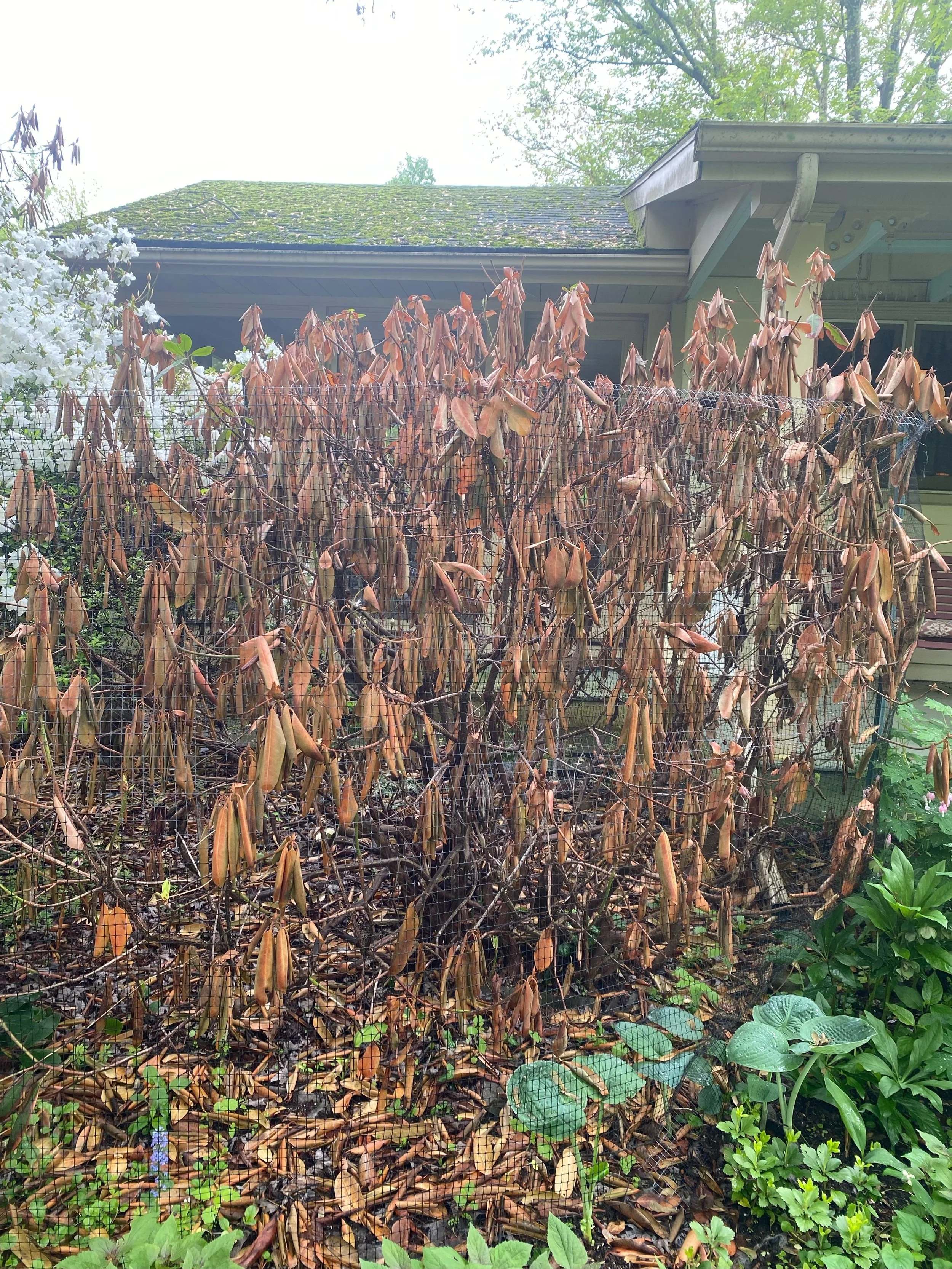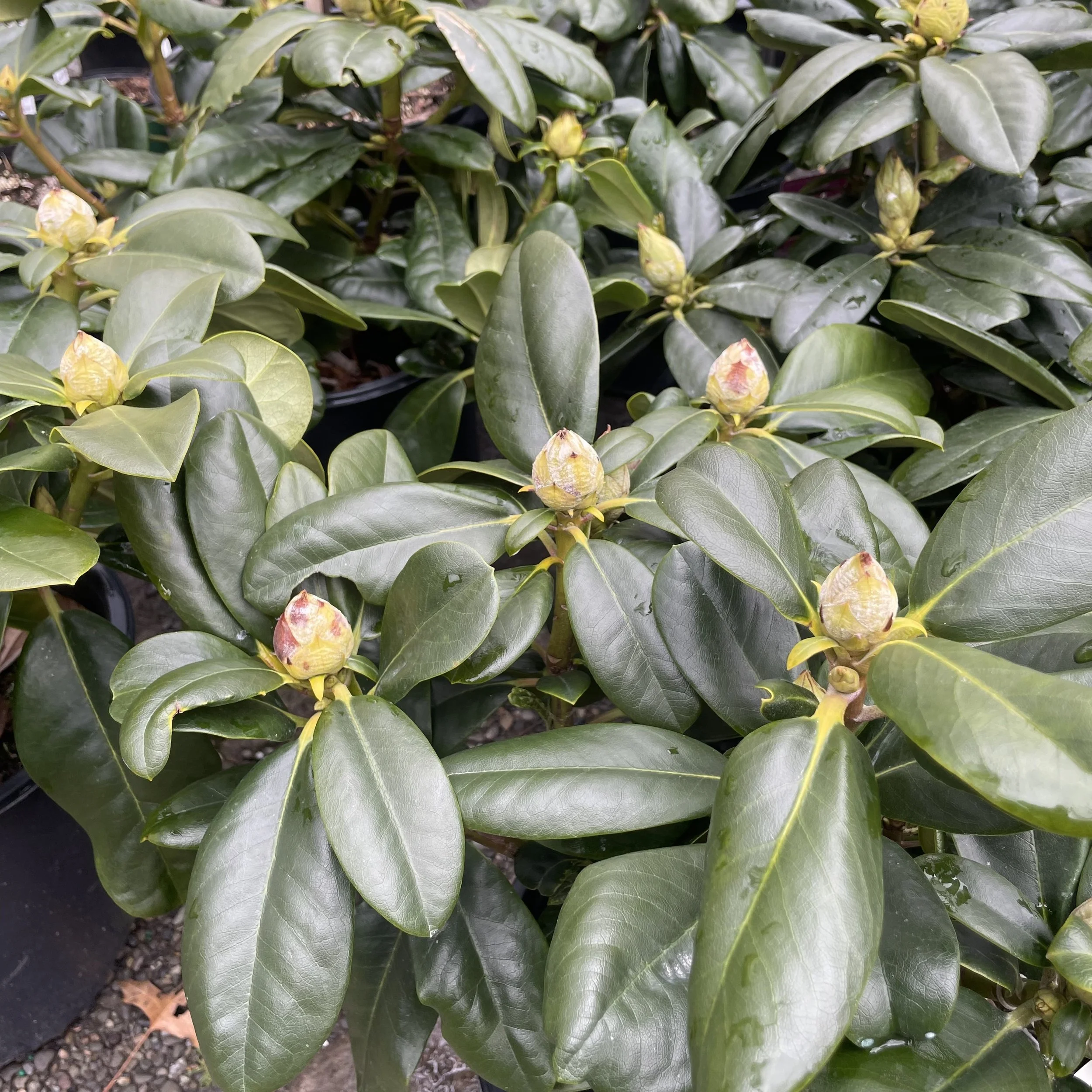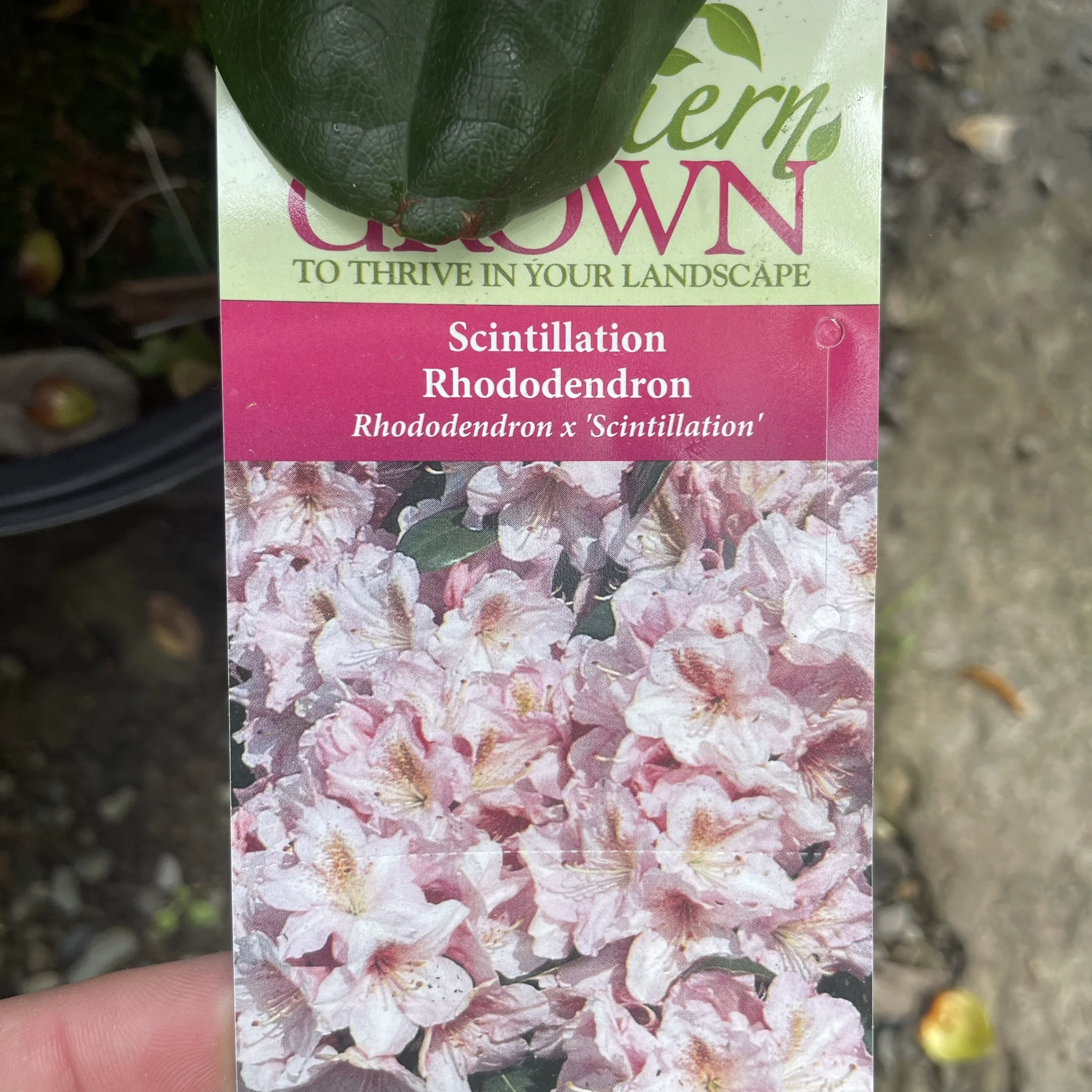Rhododendrons: How Fall Drought Set the Stage for Trouble
/Many gardeners in the Northeast were dismayed to find their beloved rhododendrons looking scorched, brittle, or even dead in places this spring. While harsh winters can always take a toll on plants, this year's widespread winter burn appears to have a more specific cause: fall drought.
Why Fall Moisture Matters—Especially for Broadleaf Evergreens
Rhododendrons, along with other broadleaf evergreens like mountain laurel and hollies, are especially vulnerable to drought conditions in the fall. The theory—and it’s proving true in gardens everywhere—is that the exceptionally dry conditions in October left these plants in a weakened state as they entered winter.
When the ground finally froze, it essentially froze dry.
And that's the heart of the problem. A plant going into winter without adequate moisture is at risk of "freezing dry." Unlike deciduous trees, rhododendrons retain their foliage through the winter and continue to release moisture from their leaves on sunny days. But if the soil is dry, there's no water available to replenish that loss.
The result?
Burned, browned, or curled leaves, and in severe cases, dieback of stems or entire branches.
The Role of Ice and Prolonged Freezing
Adding insult to injury, many areas experienced prolonged freeze-thaw cycles, locking roots in icy soil and making it even harder for plants to access any available moisture. While a snow blanket can insulate and protect, ice does the opposite.
What Can You Do Now?
Prune, feed, and pray—that’s the mantra for damaged rhododendrons this spring!
Prune back dead or visibly damaged branches to encourage healthy new growth.
Feed with a slow-release, acid-loving fertilizer formulated for rhododendrons and azaleas. This gives the plant a nutritional boost when it's ready to rebound.
And yes, pray—sometimes even well-cared-for plants can’t recover from such stress. Time will tell.
If your rhododendron doesn’t bounce back, it may be time to replace.
When replanting, remember the lesson: moisture going into winter matters. Make a habit of giving your broadleaf evergreens a deep watering in late fall—even if it feels odd to be dragging the hose out in October. That one step can make all the difference when the ground freezes and winter sets in.
Bottom Line
The winter damage we’re seeing isn’t just from cold temperatures—it’s the legacy of a fall drought, a season when we often stop thinking about watering. Rhododendrons and their evergreen companions need us to think ahead.
So if you want to prevent this kind of heartbreak next year, water well before winter—your garden will thank you.






